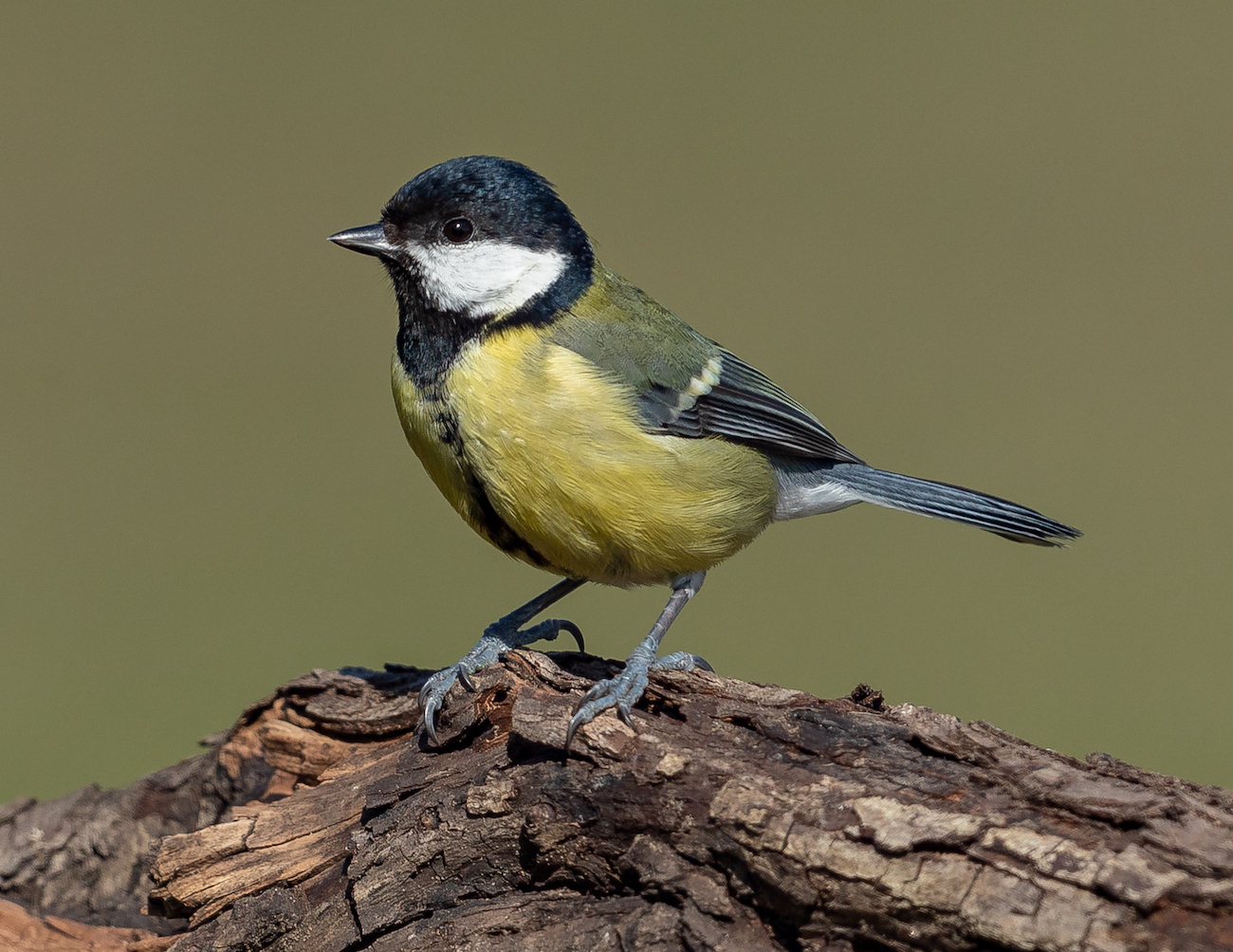Great Tit Parus major
British subspecies newtoni a very common resident.

The Atlas estimated there were 46,000 to 52,000 pairs in Lincolnshire in the late 1980s. It also showed up interesting gaps in Great Tit distribution in the more intensively farmed parts of the Fens, reclaimed coastal areas and the Marsh. The Lincolnshire BBS index chart shows that the population has significantly increased by 115% during the period 1994-2019 in line with a general increase across England. The APEP4 adjusted population for Lincolnshire in 2016 was 50,000 pairs, although one might think given the BBS increase it would be of the order of 100,000. It is difficult to square these two different numbers. Interestingly while ringing demonstrates that it is a very sedentary bird, the largest numbers in the county each year tend to be recorded at Gibraltar Point. Eighty-five were reported there in January 2017, the highest count reported in LBR in the 5 years to 2018. Smith and Cornwallis (1955) claim that some of these coastal birds are of the nominate, continental race P. m. major although no counts or dates are offered. A bird ringed at Gibraltar Point in March 1967 was found dead in Zuid-Holland, Netherlands in October 1968, and conversely a nestling ringed at Oost-Vlieland, Netherlands in May 2009 was retrapped at Gibraltar Point in March 2011.
(Account as per new Birds of Lincolnshire (2021), included October 2022)
